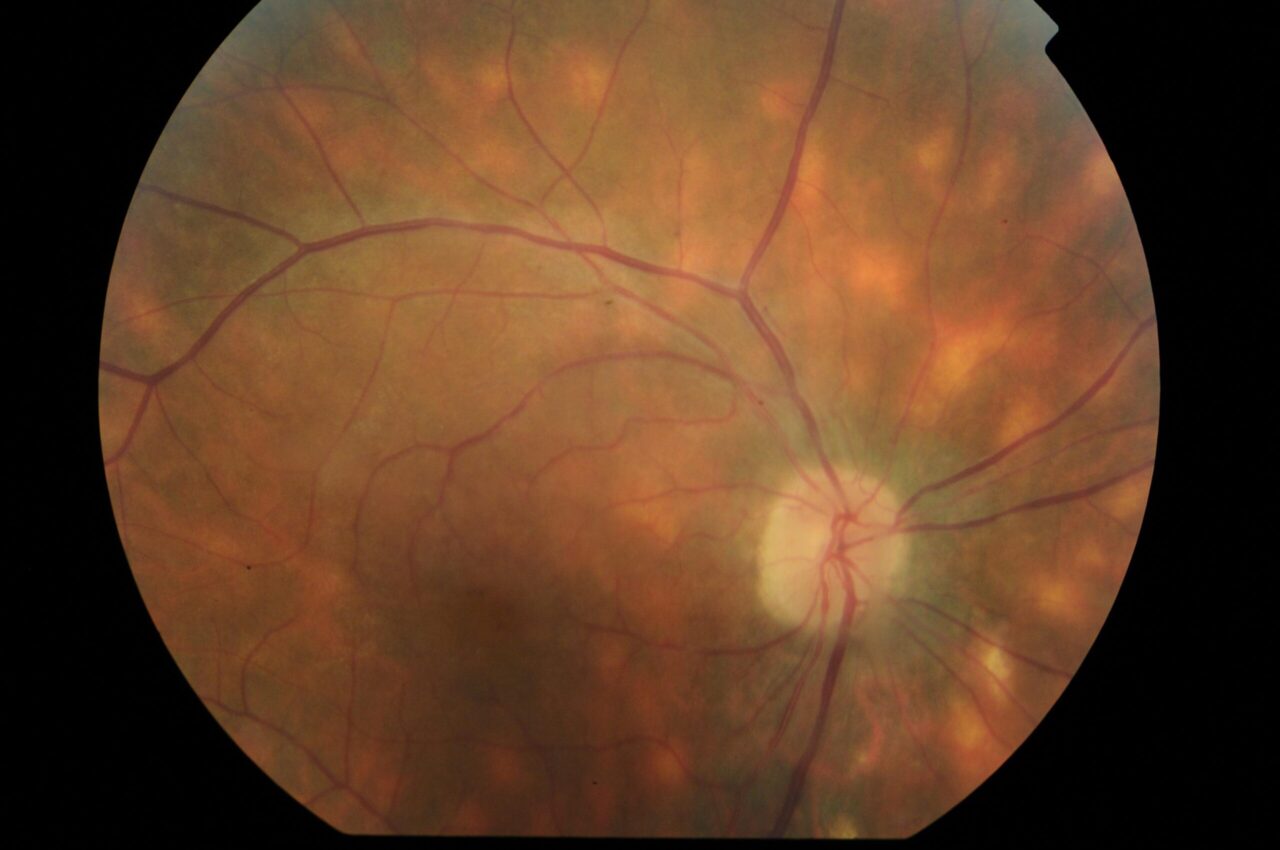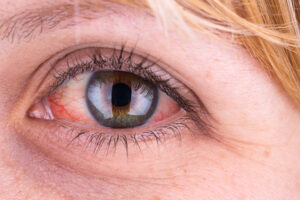Eye diseases
Uveitis

What is uveitis?
Uveitis is an eye disorder characterised by the inflammation of the uvea, a vascular layer located below the sclerotica (the soft part of the eye) which consists of three structures:
- Iris: pigmented area that gives your eyes their colour.
- Ciliary body: just below the iris, it reaches the retina and is responsible for generating the fluid that maintains the correct pressure in the eye.
- Choroid: also known as the posterior uvea, it is located below the retina. This layer is formed by blood vessels and connective tissue, and is basically responsible for feeding the intraocular tissues.
Uveitis can affect some of these parts or all of them (panuveitis), either acutely or chronically. This disease is also often recurring and reappears intermittently, with periods in which there are no symptoms.
Symptoms
Causes and risk factors
Treatment
The symptoms you might notice vary depending on your type of uveitis. If the inflammation is located in the iris and the ciliary body, you will normally notice that your eye is red, painful, and particularly sensitive to light, as well as blurred vision in some cases. If the uveitis is in the choroid, you won’t have a painful or red eye, but you might see floaters and lose vision (normally temporarily, although the risk of permanent vision damage increases if the right treatment is provided early on).








